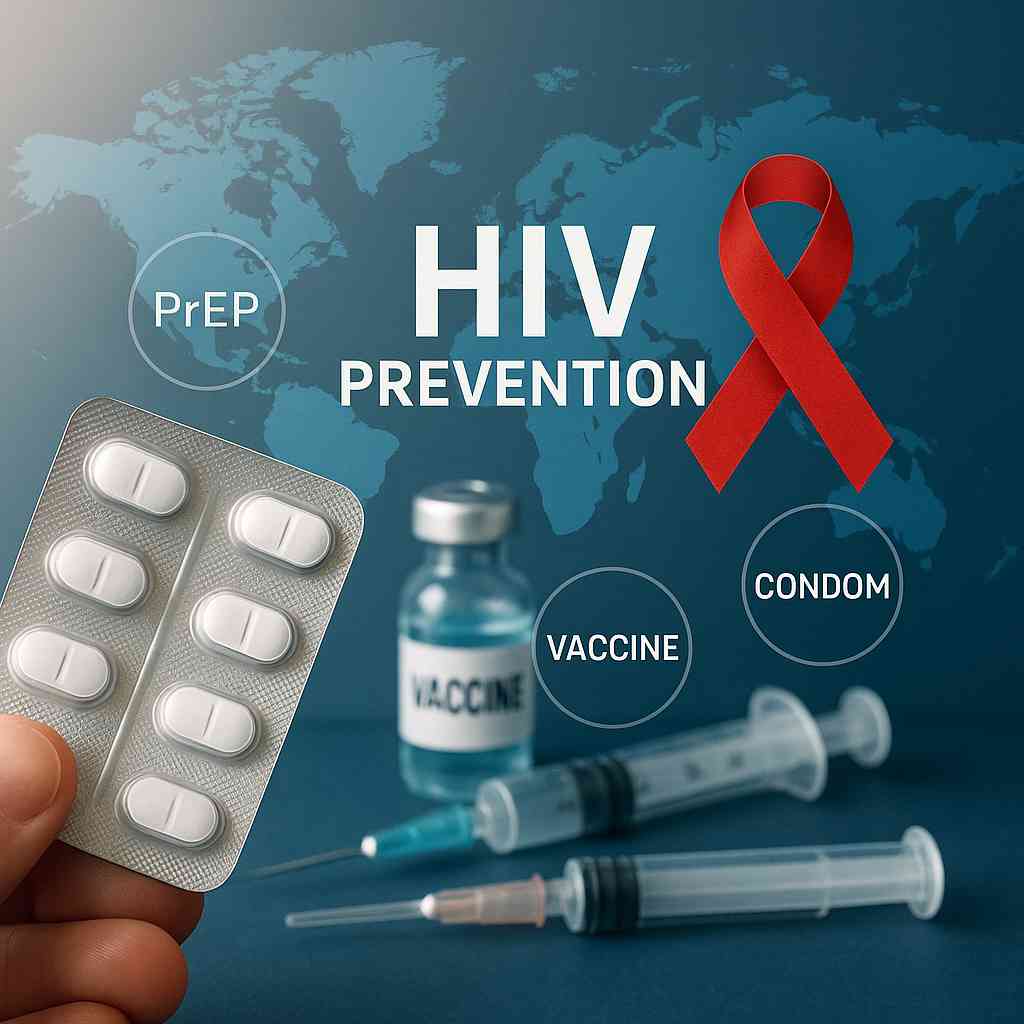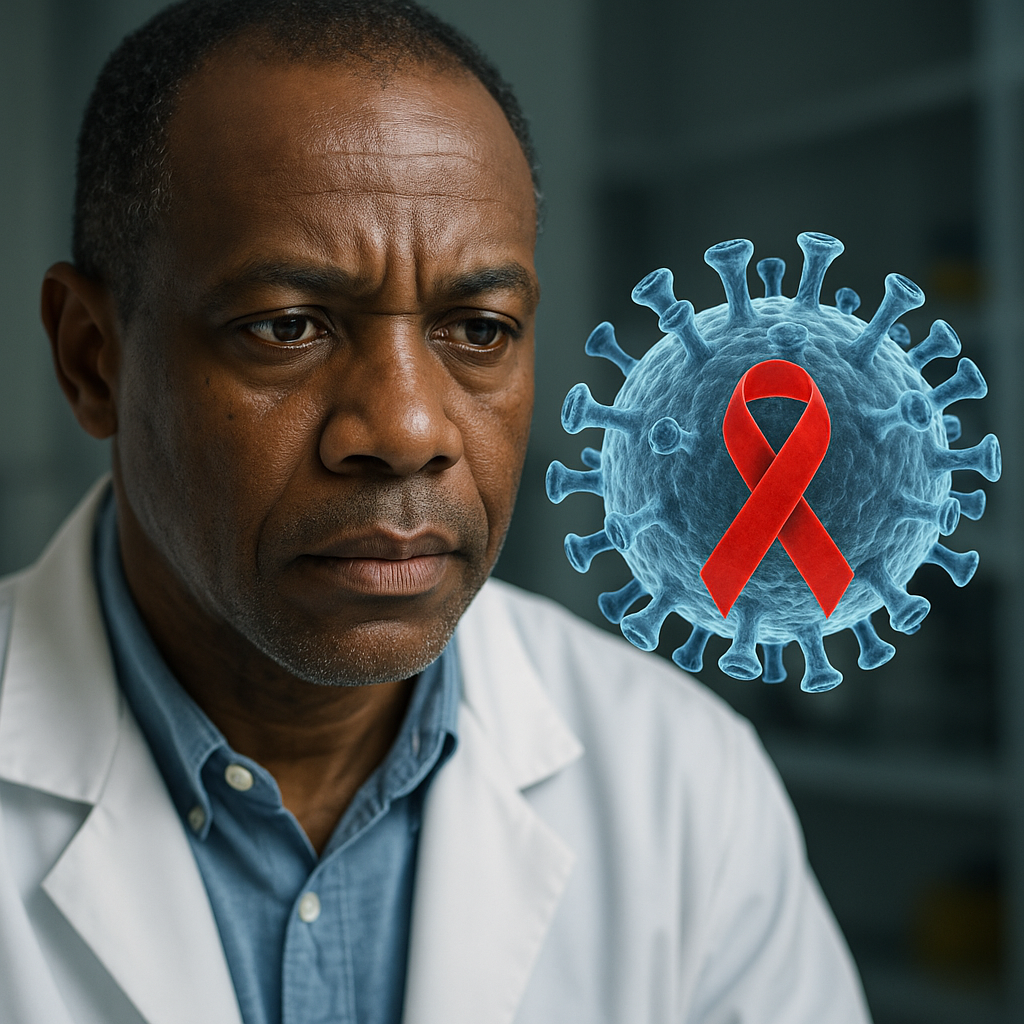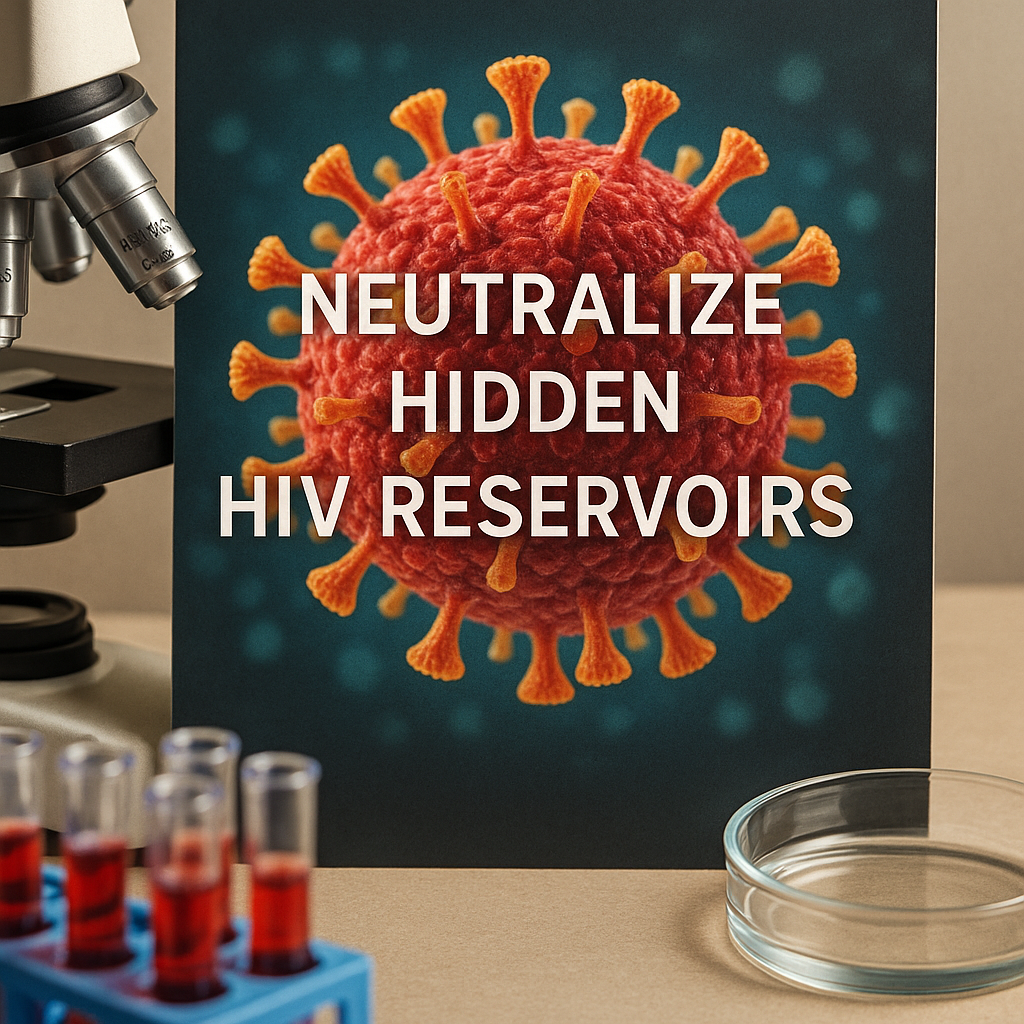The fight against HIV has entered a new era. In 2025, patients, doctors, and public health leaders have more prevention tools than ever before — from innovative medications to cutting-edge vaccines currently in trials. As these options expand globally, people at risk for HIV finally have access to prevention strategies that are not only more effective but also more convenient and discreet. Here’s what you need to know about the future of HIV prevention in 2025 and beyond.
Table of Contents
- Why HIV Prevention Tools Matter
- New Oral and Injectable PrEP Options
- Long-Acting Treatments Transform Prevention
- HIV Vaccines in Development
- Expanding Access Worldwide
- Challenges That Remain
- Frequently Asked Questions
- Conclusion
Why HIV Prevention Tools Matter
Despite decades of progress, HIV remains a global health challenge. According to UNAIDS, more than 1.3 million people acquired HIV in 2023. Prevention tools such as condoms and pre-exposure prophylaxis (PrEP) have saved millions of lives, but gaps in access, stigma, and adherence continue to fuel new infections.
Expanding prevention options is crucial. Different patients have different needs, and offering multiple choices — whether it’s a daily pill, a monthly shot, or a potential vaccine — increases the chances that people can find a strategy that works for them.
New Oral and Injectable PrEP Options
Pre-exposure prophylaxis, or PrEP, is one of the most powerful tools available to prevent HIV. Daily oral PrEP pills like Truvada and Descovy have long been recommended for people at high risk. But in 2025, new options are making PrEP more flexible:
- On-demand PrEP: Also called “2-1-1 PrEP,” this approach allows individuals to take pills before and after sex instead of daily. It has proven effective for men who have sex with men and offers a choice for those who prefer not to take medication every day.
- Generic PrEP: More affordable generic versions of Truvada are now available in many countries, helping expand access to communities where cost was once a barrier.
- Oral PrEP for women and adolescents: Clinical trials have confirmed high effectiveness across all groups, encouraging wider use among populations historically underserved in prevention programs.
Long-Acting Treatments Transform Prevention
One of the biggest advances in 2025 is the rise of long-acting PrEP. Injectable cabotegravir, approved in several countries, can provide up to two months of protection with a single shot. Patients no longer need to worry about forgetting a pill — adherence improves dramatically with this approach.
Other promising developments include:
- Implantable PrEP devices: Tiny implants inserted under the skin can release protective medication for up to a year. Trials in 2025 are showing encouraging results.
- Vaginal rings: A silicone ring infused with antiretroviral drugs offers discreet protection for women, lasting up to 90 days at a time.
These innovations make prevention more accessible to people who struggle with daily adherence, expanding the reach of HIV prevention efforts worldwide.
HIV Vaccines in Development
The holy grail of prevention remains a safe and effective HIV vaccine. While no vaccine has yet been approved, progress in 2025 is moving faster than ever. Researchers are combining decades of HIV science with new tools like mRNA vaccine technology, the same platform that powered COVID-19 vaccines.
Several candidate vaccines are now in human trials:
- mRNA-based vaccines designed to train the immune system to recognize diverse HIV strains.
- Broadly neutralizing antibody (bNAb) vaccines aiming to block HIV at multiple points of entry.
- Combination approaches that pair vaccines with immune-boosting drugs for stronger protection.
While vaccines remain years away from public use, the progress offers hope that prevention strategies may one day include routine immunization against HIV.
Expanding Access Worldwide
New prevention tools are only effective if they reach the people who need them most. In 2025, global health organizations are working to expand access in low- and middle-income countries, where the majority of new infections occur.
Key efforts include:
- Affordable pricing: Partnerships with pharmaceutical companies are helping lower the cost of PrEP and injectable therapies.
- Community-based distribution: Local clinics and outreach programs are bringing prevention tools directly to at-risk populations, including young women and LGBTQ+ communities.
- Digital health solutions: Telemedicine and mobile apps are improving awareness, adherence, and support for patients worldwide.
Expanding access is not just about medicine — it’s about education, awareness, and breaking down stigma so that people feel safe using these tools.
Challenges That Remain
Even with these breakthroughs, challenges persist:
- Stigma and discrimination: Fear of judgment still prevents many from seeking prevention services.
- Inequity in access: Rural communities and low-income regions continue to face barriers to care.
- Adherence: Even with long-acting tools, some patients still struggle to maintain protection.
- Vaccine timeline: Despite progress, a widely available vaccine may still be a decade away.
Addressing these challenges requires not only scientific progress but also strong political will, funding, and community leadership.
Frequently Asked Questions
What is the most effective HIV prevention tool in 2025?
Daily or injectable PrEP remains the most effective option, reducing the risk of infection by up to 99% when taken correctly.
Are HIV vaccines available yet?
No, but multiple vaccine candidates are in clinical trials, and mRNA technology is speeding up development.
Do I need to use condoms if I’m on PrEP?
PrEP prevents HIV but not other sexually transmitted infections (STIs). Condoms remain important for full protection.
Is injectable PrEP safe?
Yes. Studies show injectable cabotegravir is highly effective and well tolerated, with minimal side effects.
How can I access HIV prevention tools?
Talk to your healthcare provider or visit Healthcare.pro to find local resources for PrEP and other prevention services.
Conclusion
In 2025, the world is witnessing a major expansion in HIV prevention tools. With new oral, injectable, and implantable PrEP options — and vaccines on the horizon — patients now have more choices than ever to protect themselves. The challenge ahead lies in ensuring these tools are accessible, affordable, and stigma-free. If progress continues, the dream of ending the HIV epidemic may finally move within reach.
This content is not medical advice. For any health issues, always consult a healthcare professional. In an emergency, call 911 or your local emergency services.



